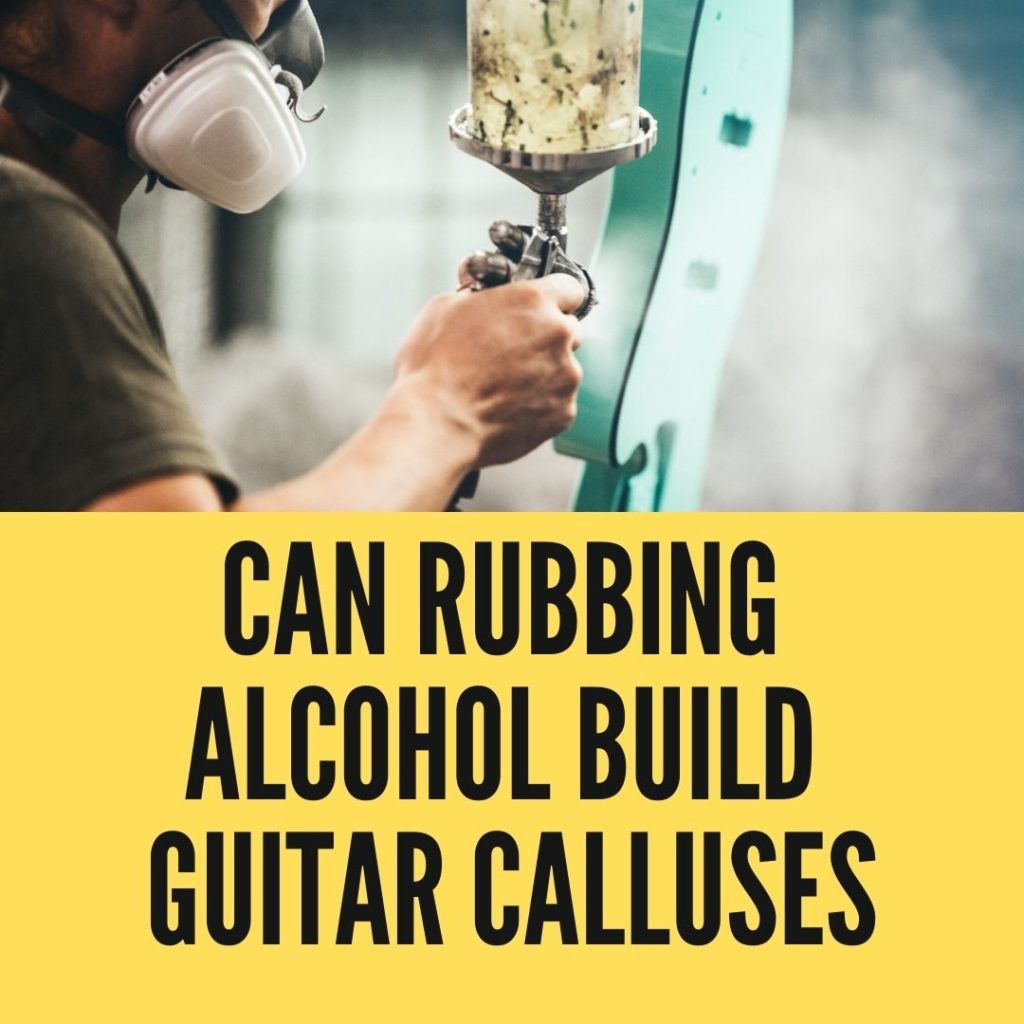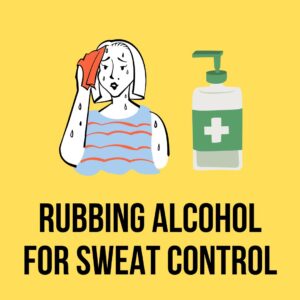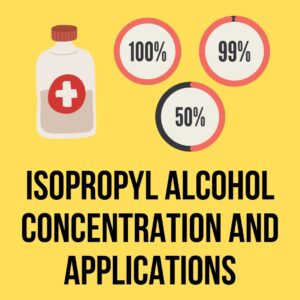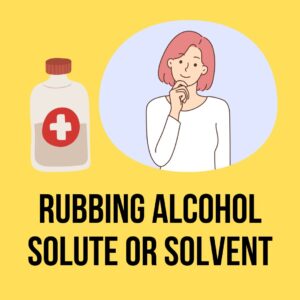If you’re first learning how to play the guitar, or you’re just getting back into it after a long hiatus, I’m willing to bet that you weren’t able to practice or play for more than 10 minutes.
I’m not a mind reader by any means, but as somebody who’s dabbled with guitars since childhood, I know a thing or two about the not-so-glamorous side of playing guitars.
My “secret method” for building guitar calluses on your fingertips may surprise you- rubbing alcohol!
Can rubbing alcohol build guitar calluses? Yes, rubbing alcohol can help build guitar calluses. Calluses are areas of thick, dry skin that have minimal sensitivity. As you apply to rub alcohol to your fingertips, the alcohol will pull the natural oils out of your fingertips, making them dry. The dryer your fingertips are, the more calluses build.
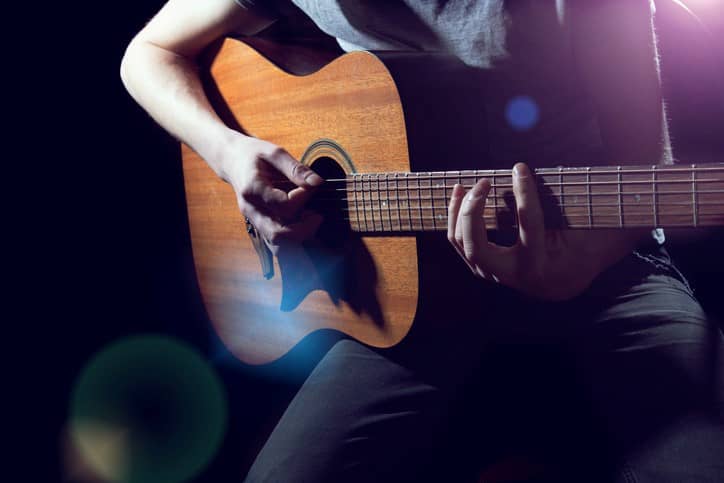
Still don’t believe me? I can’t blame you- I didn’t believe it when I first heard about it either. However, the truth is- this method works, and it works so well that I decided to share it with you guys, even if it means I get made fun of in the comments.
In today’s article, I’m going to be discussing calluses. If you want to become a truly proficient guitar player, then you need to develop your finger’s calluses as quickly as possible.
Once these are developed, you’ll be able to play for far longer, hit (and hold) notes that you were previously unable to, and most importantly- you’ll have more fun!
How Does Rubbing Alcohol Help You Build Guitar Calluses?
The first time that one of my buddies came up to me during the middle of a garage jam session and told me that I should start using rubbing alcohol on my fingers, I thought they were trying to play a practical joke on me.
It sounded like one of those old wives’ tales that was just going to make me look like an idiot in front of my friends. Before then, I’d only heard of alcohol being used as a disinfectant or a mold killer.
After all, when was the last time you saw your favorite artist dipping their fingers in a glass of alcohol?
Despite my objection, though, my friend was adamant. He was also a horrible liar and not exactly the type of person who could convince people to do something stupid. So, long story short- I decided to give it a try.
Just a few short weeks later, and the difference was noticeable. it impress me, Not only had my calluses gotten thicker, but my fingertip sensitivity had significantly decreased!
This meant that I was able to practice for twice as long, no longer limited by my soft, sensitive fingers.
Within two months, I’d written, strummed, and played around 50% more songs than I had the previous few months.
Although I don’t play music as much as I used to, it’s still one of my favorite pastimes and I recommend the “rubbing alcohol method” to any aspiring guitar player I meet (although they almost never believe me at first).
So how exactly does rubbing alcohol help you build guitar calluses?
Well, the answer lies in the fact that alcohol is an astringent. Astringents have two main purposes:
- They dissolve and dry up oil.
- They cause tissues to shrink and contract.
The main reason that playing guitar (especially acoustic) is so painful is because of the hard, thin steel strings. In order to play a note properly, you’ll need to push the string as hard as you can into the fret.
The first few notes you’ll play are easy enough. After a few minutes, though, your fingertips will be tingling, red, and indented due to the acute pressure from the hard strings. The more you build up your calluses, the better your protective barrier will be, and the longer you’ll be able to play without pain.
Calluses are areas of thick, dry skin that have minimal sensitivity. As you apply to rub alcohol to your fingertips, the alcohol will pull the natural oils out of your fingertips, making them dry. The dryer your fingertips are, the more calluses build.
The second reason rubbing alcohol helps is that it shrinks and contracts the tissues in your fingertips, making them firmer and more resistant to the hard strings.
A good example to help you visualize this is snow. In its natural form, snow is very light, soft, and fluffy.
Once you contract and shrink it with your hands, though, it turns into a hard snowball. Essentially, rubbing alcohol does the same thing to the tips of your fingers!
There are very few alternatives to rubbing alcohol when it comes to absolute versatility.
Here are some other posts that might interest you:
Can Rubbing Alcohol Kill Lice?
What Is Rubbing Alcohol?
Alternative to Rubbing Alcohol for Cleaning Electronics
Can I Put Rubbing Alcohol in My Ear
Can You Use Rubbing Alcohol to Remove CPU Thermal Paste?
Do I Need A Special Type Of Rubbing Alcohol?
The best part of this method? You don’t need to buy anything special, expensive, or hard-to-find. Just go to your local drug store, visit the first-aid section, and grab a bottle of isopropyl alcohol.
You’ll be able to choose from 70-90% strength; I typically recommend buying the strongest that you can find, but the 70% alcohol will do fine if that’s all they have. Since COVID-19 started, rubbing alcohol can be a bit hard to find in the stores, so you may not have much choice.
Are There Any Side Effects To Topical Rubbing Alcohol Application?
The number one side effect of topical alcohol application is dry skin. Thankfully, that’s exactly what you’re looking for!
Apart from this, though, isopropyl rubbing alcohol is generally regarded as safe for topical application in small amounts.
In some people (especially those with sensitive skin), rubbing alcohol can cause minor irritation, itchiness, or rashes.
However, as long as you’re just applying the alcohol to your fingertips and not dousing your entire hand in it, you shouldn’t have anything to worry about.
Obviously, if you do happen to notice any adverse reactions, you should stop immediately. The chance of this happening is very minimal, though.
How Often Should You Apply Alcohol To Your Fingertips?
The skin on your hands and fingers regenerates and repairs itself very quickly, so if you want to ensure that your calluses remain thick and strong, then you’ll want to apply the alcohol to your fingertips multiple times throughout the day.
The easiest way to apply it is just to dip a cotton ball in the alcohol and then hold it on top of each fingertip for about 5 seconds. Alcohol is absorbed very quickly by the skin, so you don’t have to let them soak.
Conclusion
Each guitar player you meet will usually have their own process for developing calluses, but in my opinion, rubbing alcohol is one of the most underrated hacks used by professionals.
This cheap, easy-to-find solvent will not only reduce fingertip sensitivity but will help you build calluses faster than almost any other method.

My name is Logan, and I’m a 36-year-old dad who owns a small pressure-washing company in the suburbs of Atlanta, Georgia. My main goal with rubbing-alcohol.com is to show you how versatile isopropyl rubbing alcohol can be! I hope. You find it useful.
We're an affiliate! We may earn a small commission when you make a purchase from product links at no additional cost to you!

